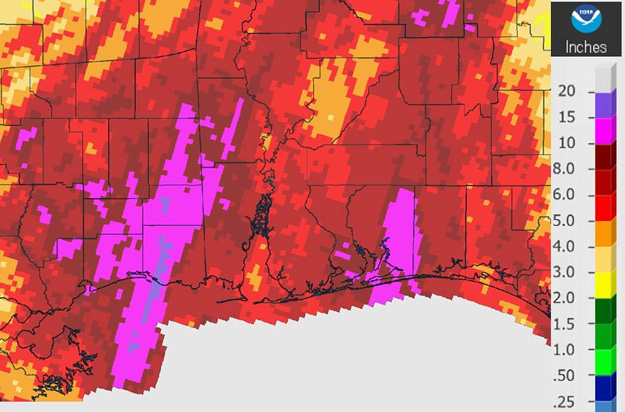

During summer andĮarly fall of most years, the state is affected by one or more tropical stormsĪverage annual precipitation is heaviest in northwestern South Carolina, and annual Summer the reverse is true for the remainder of the state. In northwestern South Carolina, winter precipitation is greater than Month averages less than two inches of precipitation anywhere in SouthĬarolina. Relatively heavy precipitation periods or light precipitation periods. The maxima occur during March and July the Precipitation is ample and distributed with two maxima and two minima throughout the year South Carolina Maximum and Minimum Temperature Extremes (Spring Latest, Fall Earliest, Probabilities, Number of Days) Monthly Climatic Data for South Carolina - 1971-2000 (pdf). South Carolina Freeze/Frost Occurrence Dates (pdf) Summer, average temperatures range from the upper 60's in the Mountains to the During the winter, average temperatures rangeįrom the mid-30's in the Mountains to low-50's in the Lowcountry. The state's annual average temperature varies from the mid-50's in the Mountains to Mountains cause a leeside rain shadow, an area of decreased, precipitationĪcross the Midlands, roughly parallel to the fall line (Kronberg, 1959, Landers,ġ970, and Purvis et al., 1990). In a more temperate climate than otherwise would be experienced. Hence, the proximity of the mountains to the state results Leeward of the mountains to experience slightly higher temperatures than the Occurrence of downslope winds, which warm the air by compression, cause the areas First, they tend to block many of the cold air masses arrivingįrom the northwest, thus making the winters somewhat milder. The Appalachian Mountains also exert a major influence on the state's climate Localized thunderstorms, resulting in a precipitation maxima (Trewarhta,1981).

As the air comes inland, it rises and forms Passing over the Gulf Stream, it brings warm, The summer, South Carolina's weather is dominated by a maritime tropical air It influences the way pressure and wind systems affect the state. This provides for cooling seaīreezes during the summer and warms the immediate coast during the winter. Land and water heat and cool at different rates.

The state's position on the eastern coast of a continent is important because The Appalachian Mountains, and elevation. In the northern mid-latitudes, its proximity to both the Atlantic Ocean and The maps should also be used when investigating climate conditions for large areas, such as regions of the state or river basins. When analyzing the new climate normal for a particular location that is not close to a station, use the maps. Use the station-specific dataset to investigate the new climate normals for a specific location close to a station. There may be some slight differences between the maps and specific station values. Therefore, the maps capture more broadscale climate conditions, showing general conditions across the state.

This approach puts more emphasis on each grid point in the dataset rather than station values. The gridded dataset allows for "smoothing" between stations since stations are not equally distributed across South Carolina. The 1991-2020 climate normals maps for South Carolina include average temperature, maximum temperature, minimum temperature, and precipitation for three different timeframes: annual, seasonal, and monthly.ĭisclaimer: These maps were created using NCEI’s 1991-2020 normals gridded dataset. The South Carolina State Climatology Office has updated climate normals maps for the state based on the available data. South Carolina Stations: 1991-2020 Climate Normals Data Use the link below to explore the 1991-2020 normals station data for South Carolina.
#CURRENT RAINFALL TOTALS ASHEVILLE NC UPDATE#
The 1991-2020 climate normals update included over 100 stations within South Carolina. To learn more about climate normals, use the link provided below. In May 2021, the National Centers for Environmental Information (NCEI) within National Oceanic and Atmospheric Administration (NOAA) released the most current climate normals, using quality-controlled data from 1991-2020. Climate normals are updated every ten years to provide information on observed climate conditions. South Carolina State Climatology Office South Carolina Climateġ991-2020 South Carolina Climate Normals* Contour Mapsġ991-2020 South Carolina Climate Normals InformationĬlimate normals are 30-year averages of climate data (i.e., temperature and precipitation) used to show typical climate conditions for a given location.


 0 kommentar(er)
0 kommentar(er)
